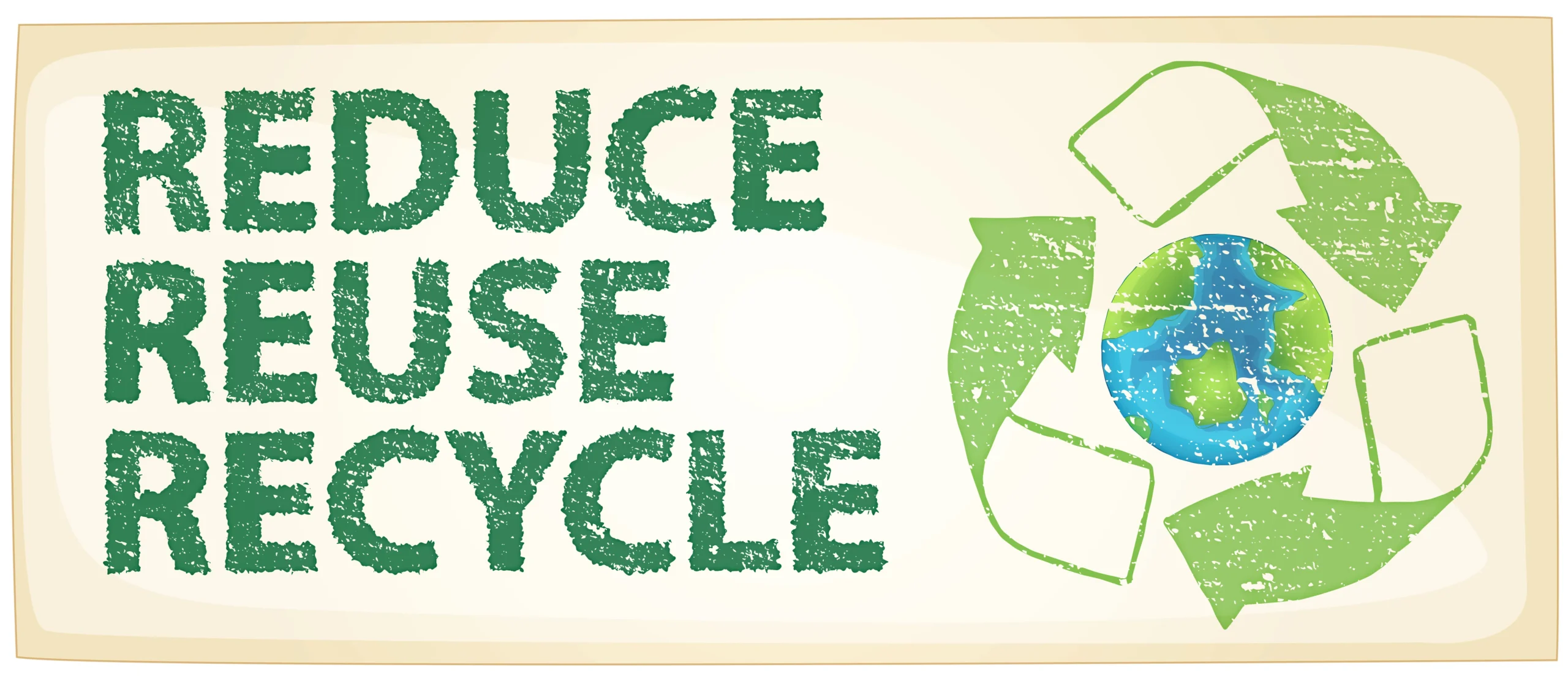Reduce, reuse and recycle of textile waste is not just a slogan—it’s a sustainable necessity in today’s fast-changing fashion world. With millions of tons of clothing discarded every year, our planet is paying the price for overconsumption. Fortunately, there are actionable solutions we can adopt at every level of society.
The Growing Problem of Textile Waste
The fashion industry generates 92 million tonnes of textile waste annually. Most of this ends up in landfills or gets incinerated. This staggering number reflects the impact of fast fashion, overproduction, and consumerism. Addressing this challenge requires us to rethink how we manage clothing after use—by adopting the principles of reduce, reuse and recycle of textile waste.
What Does “Reduce” Mean in Textile Waste?
The first step is to reduce the amount of waste we produce. This includes buying fewer clothes, choosing better quality items, and avoiding impulse purchases. Brands also play a major role. By producing fewer collections and embracing slow fashion, companies can help reduce the burden on our environment. This reduction mindset is the first pillar of the reduce, reuse and recycle of textile waste strategy.
How to Reuse Old Clothes Creatively
Reusing clothes means extending their life. Instead of throwing away an old shirt, consider turning it into a cleaning cloth, pillow cover, or even a fashionable tote bag. Donation is also a great way to reuse. Thrift stores, NGOs, and community drives make sure your garments reach those in need. This step in the reduce, reuse and recycle of textile waste cycle saves resources and promotes circular fashion.
Recycling: Giving Textiles a New Life
Recycling transforms waste into new materials. Old textiles can be shredded and processed into fibers for new garments, insulation materials, or industrial rags. Technological advances are now making it possible to separate blended fabrics and recycle them more efficiently. When we talk about reduce, reuse and recycle of textile waste, recycling is the most technical yet essential component.
Industry Initiatives Making a Difference
Many global brands have launched textile take-back programs. H&M, Zara, and Uniqlo now offer collection bins where customers can drop off unwanted clothes. These are then sent for recycling or resale. Local startups and fashion designers in India are also creating beautiful upcycled products, showcasing how reduce, reuse and recycle of textile waste can foster innovation and entrepreneurship.
🇮🇳 India’s Role in Textile Waste Management
India, being one of the largest textile producers, also generates a huge amount of textile waste. But there’s a growing movement towards sustainability. Cities like Panipat are known for recycling woolens into new yarns. The Indian government and private organizations are promoting policies and awareness around reduce, reuse and recycle of textile waste to build a more eco-friendly future.
What Can You Do?
Each of us has a role to play. Start by buying less and choosing natural fibers that are biodegradable. Support sustainable fashion brands. Repurpose your old clothes, donate regularly, and drop worn-out textiles at recycling centers. Teaching children about the importance of reduce, reuse and recycle of textile waste builds lifelong habits that benefit the environment.
Circular Fashion is the Future
Circular fashion is built on the philosophy of reduce, reuse and recycle of textile waste. Instead of linear consumption (buy, wear, throw), circular fashion encourages a looped system. Here, nothing is wasted; everything is reused or reintroduced into the production cycle. This model is the future of sustainable fashion globally.
We can no longer afford to ignore the textile waste crisis. The reduce, reuse and recycle of textile waste approach gives us a practical roadmap to build a cleaner, greener future. Whether you are a consumer, a business, or a policymaker, your choices matter. Let’s embrace sustainable living and make fashion a force for good.
Read Also :-
Telecom Cyber Frauds: India’s Smart Tech-Driven Fight Against Mobile Scams

